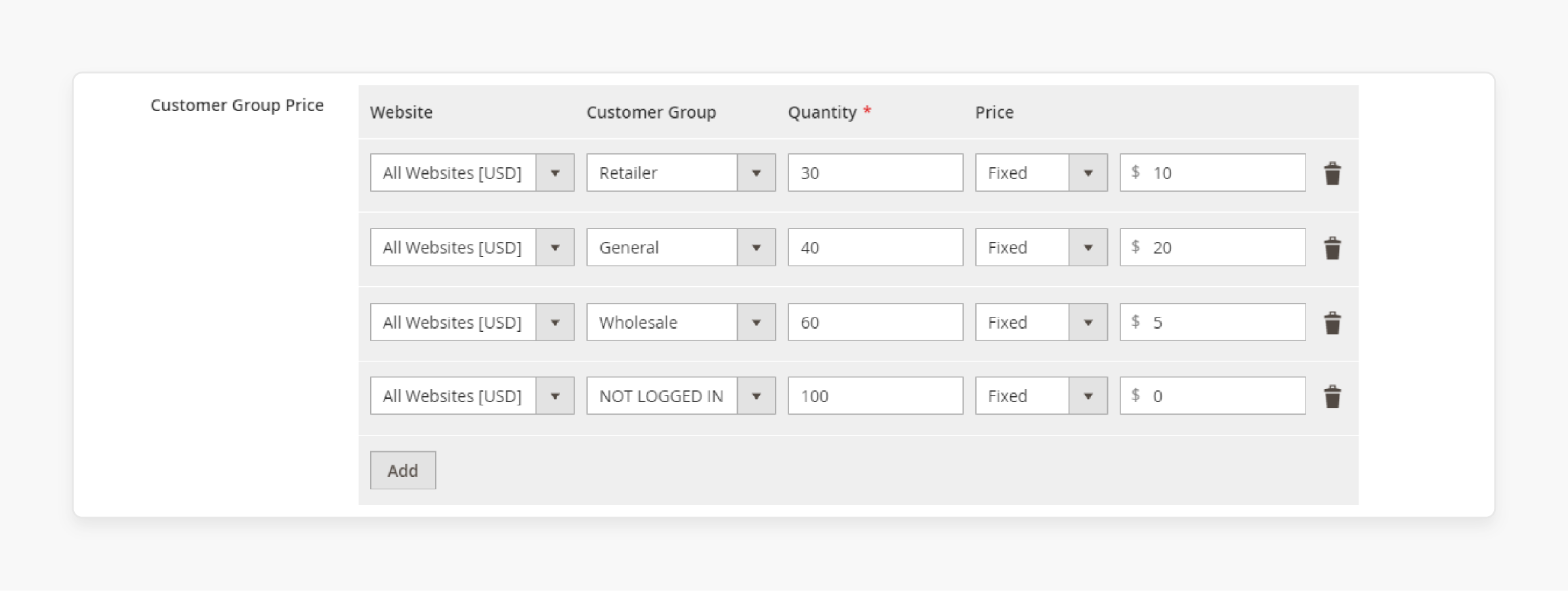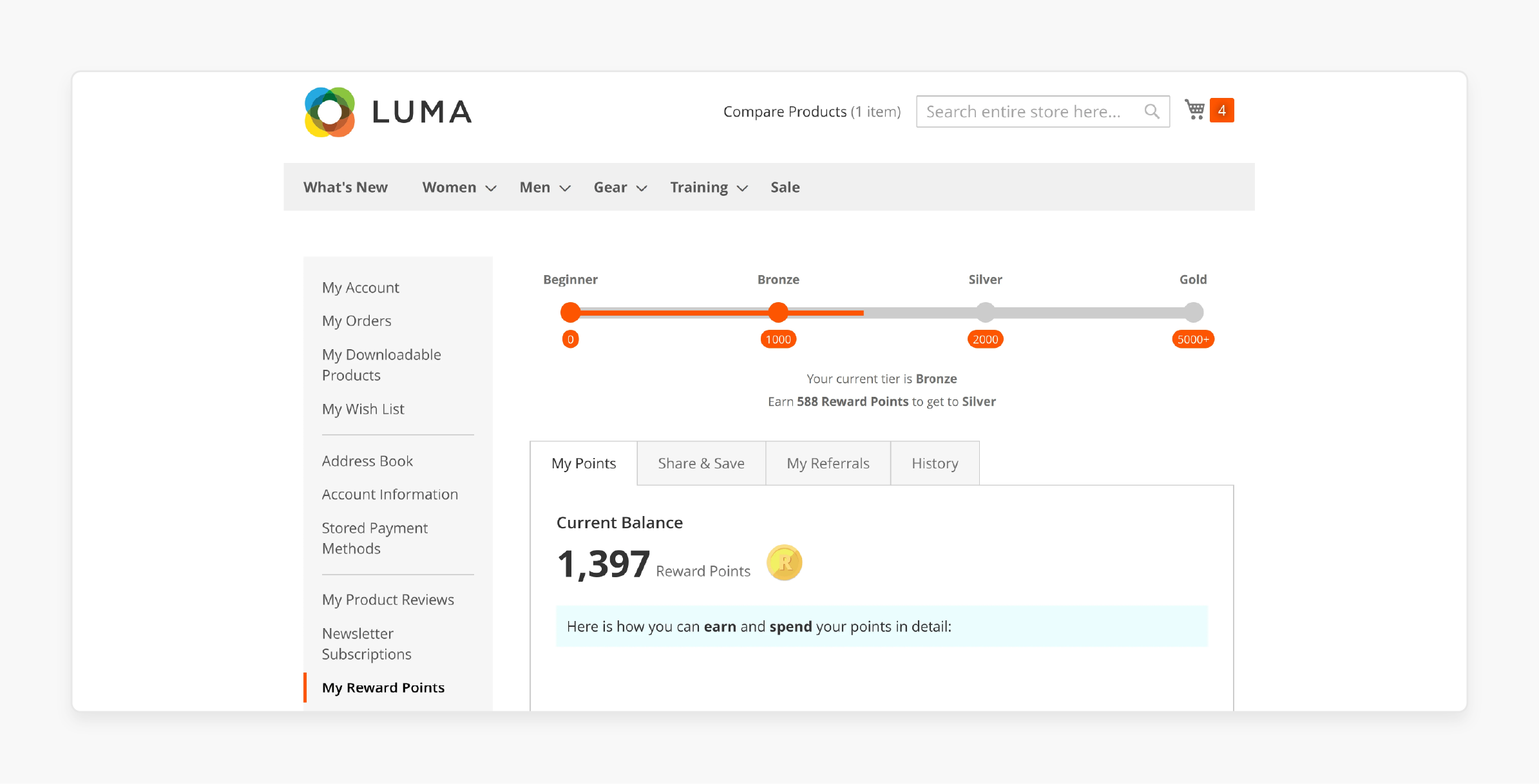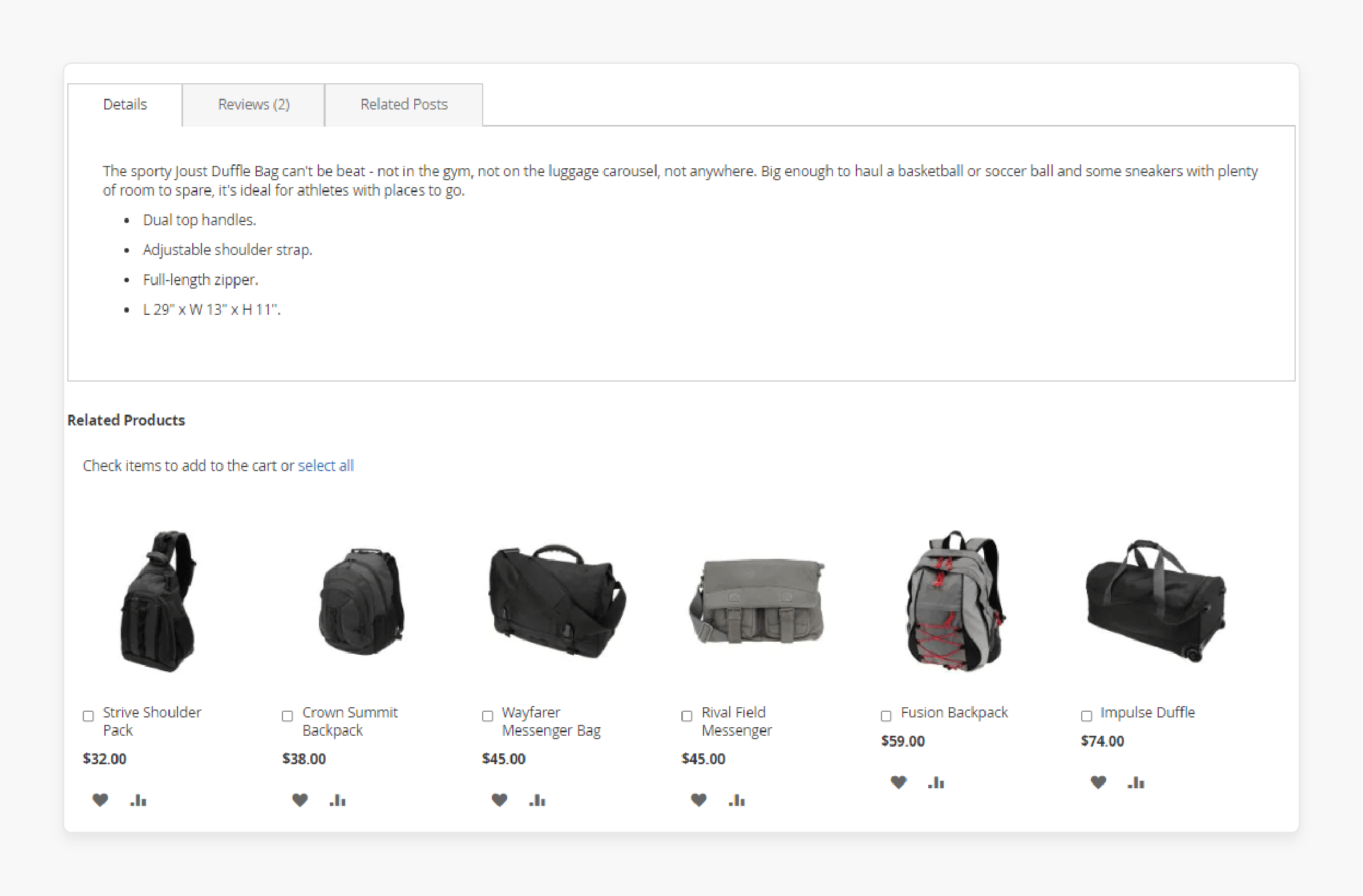
A Complete Guide to Getting Customer Group ID in Magento 2
Want to optimize your Magento 2 store's customer management? The Get customer group ID in Magento 2 feature helps you simplify user categorization and access control.
This tutorial will cover how to get a customer group ID in Magento 2 without navigating to the admin panel.
Key Takeaways
- Steps to get customer group ID, including using PHP code and adding extensions.
- Tips to manage customer groups more effectively for your store.
- Multiple methods to retrieve various customer group identifiers.
- Insights into implementing dynamic pricing rules.
- Use cases that help you review customer group strategies & monitor user segmentation performance.
- Techniques to update customer group assignments for better results.
- Troubleshooting common issues to enhance store functionality through strategic customer segmentation.
-
Best Practices for Creating Customer Sessions in Your Magento Ecommerce Store
-
Troubleshooting CustomerGroup ID Retrieval Issues in Your Magento Storefront
Why Do You Need to Add Customer Groups in Magento 2?
1. Pricing Strategies

Creating different customer groups helps you set distinct product prices for each segment. It is beneficial for:
- Wholesale Pricing: Offer special pricing for wholesale clients. It encourages bulk purchases and fosters strong B2B relationships.
For example, a B2B wholesaler could create three distinct customer groups, such as:
-
Retail Customers: Standard pricing
-
Wholesale Partners: 30-40% bulk discount
-
VIP/Enterprise Clients: Customized pricing with volume-based incentives
-
Loyalty Discounts: Provide exclusive discounts to loyal customers. You can reward their continued support and motivate repeat business.
2. Targeted Promotions

Customer groups allow you to design promotions aimed at specific customer segments. This targeted approach can:
- Boost Sales: Customize promotions for particular groups to increase sales in those segments.
For example, you can offer the following:
-
Loyalty Tier Promotions
-
Seasonal Group-Specific Offers
-
Targeted Clearance Sales
-
Clear Inventory: Use targeted deals to move slow-moving stock among certain customer groups.
3. Personalized Shopping Experience

Customer groups in Magento 2 are essential for segmenting your customer base. This segmentation enables businesses to optimize their strategies and services. They can create a more personalized and efficient shopping experience by providing:
- Product Recommendations
- Navigation Customization
- Content Personalization
- Pricing Adaptation
Providing a customized shopping experience for different customer groups enhances engagement and satisfaction.
Practical Use Cases for CustomerGroupID in Magento 2
| Use Case | Implementation | Business Benefits |
|---|---|---|
| Custom Pricing Strategies | - Set different price levels per customer group. - Configure special wholesale pricing. - Implement VIP customer discounts. - Dynamic pricing rules based on group ID. |
- Increased sales through targeted pricing - Better customer segmentation - Enhanced wholesale relationships - Improved profit margins |
| Access Control Management | - Restrict product visibility. - Control category access. - Manage content permissions. - Customize checkout options. |
- Protected exclusive content - Integrated B2B operations - Enhanced store security - Better user experience |
| Group-Specific Content | - Create personalized homepage layouts. - Customize Magento's product catalogs. - Adjust banners to promotional needs. - Set up group-based navigation menus. |
- Higher conversion rates - Improved customer engagement - Better marketing ROI - Enhanced customer satisfaction |
3 Steps to Get Current Customer Group ID in Magento 2
- Inject both the
\Magento\Customer\Model\Sessionfor session data and the\Magento\Customer\Model\Groupfor group data. - Alternatively, you can use the Object Manager to retrieve the current customer group.
- Retrieve the current customer’s group information, including the:
- Group ID
- Group name
Best Practices for Creating Customer Sessions in Your Magento Ecommerce Store
| Category | Best Practice | Implementation Details | Business Impact |
|---|---|---|---|
| Performance | Session Size Management | - Limit maximum session size to "256KB". - Cache customer data efficiently. - Use Redis in Magento for session storage. |
- Faster page loads - Improved user experience - Reduced server load |
| Security | Session Validation | - Validate REMOTE_ADDR. - Implement session fixation protection. - Set appropriate session lifetimes. |
- Protected customer data - Reduced security risks - Compliance maintenance |
| Code Structure | Proper Implementation | - Use dependency injection. - Implement customer session model correctly. - Follow Magento coding standards. |
- Clean codebase - Easier maintenance - Better scalability |
| Data Management | Efficient Storage | - Store only essential customer data. - Clear expired sessions regularly. - Implement proper unset methods. |
- Optimized storage - Better resource usage - Improved performance |
| User Experience | Session Handling | - Set appropriate timeout values. - Implement proper error handling. - Manage guest sessions effectively. |
- Reduced cart abandonment - Better conversion rates - Enhanced customer satisfaction |
2 Steps to Create a Customer Group ID in the Magento Stack
- Create the Helper File in
Vendor/Extension/Helper. - Use the
getCustomerGroups()method in your code wherever you need to get a list of all customer groups.
Troubleshooting CustomerGroup ID Retrieval Issues in Your Magento Storefront
| Issue | Cause | Solution | Prevention |
|---|---|---|---|
| Incorrect Group ID | Session data mismatch | - Verify customer session integrity. - Clear session storage. - Rebuild customer data. |
- Implement efficient session handling. - Use dependency injection for customer sessions. |
| Null Group ID | Customer object not loaded | - Check customer authentication status. - Ensure proper customer object instantiation. - Validate customer data retrieval methods. |
- Use CustomerRepositoryInterface for reliable customer data. - Implement proper error handling for guest users. |
| Stale Group ID | Cached data inconsistency | - Clear Magento cache. - Refresh customer data. - Verify database consistency. |
- Implement cache tags for customer group data. - Use event observers for group changes. |
| Permission Denied | Insufficient access rights | - Check ACL configurations. - Verify user roles and permissions. - Review API endpoint access. |
- Implement granular permission controls. - Use proper authentication mechanisms. |
| Performance Issues | Inefficient data retrieval | - Optimize database queries. - Implement caching for group data. - Use indexing for faster lookups. |
- Design efficient data models. - Implement lazy loading where appropriate. |
| API Integration Errors | Incorrect API usage | - Verify API endpoints and parameters. - Check API version compatibility. - Validate authentication tokens. |
- Follow Magento 2 API best practices. - Implement proper error handling in API calls. |
FAQs
1. How do I log the current customersession in Magento?
To log the current customer session, use Magento's customerSession model. It allows you to track active customer information. Use Magento\Customer\Model\Session for tracking to create custom log files. You can access this session via $customerSession->getCustomer(). It logs details like email, customer group, and more. Ensure you handle sensitive data responsibly. Monitor customer activities systematically and record user group interactions efficiently.
2. What is the purpose of $customergroupid in Magento?
The $customergroupid var represents a customer's assigned group. It helps categorize customers based on their preferences or purchasing behavior. Offer targeted promotions or customize the shopping experience for different customer segments. Validate user identification parameters by extracting customer identifiers programmatically. Finally, access customer object properties and implement specific authentication checks.
3. What is the public function getcustomergroups in Magento?
The public function of getting CustomerGroups helps you retrieve all customer groups. You can use it in a custom helper to access customer group details. It will return a param array of all customer groups. You can use this to extend group management capabilities.
4. How can I retrieve the current customer group name?
Use the code $groupName = $customerSession->getCustomer()->getGroup()->getCustomerGroupCode();. It will return the group name associated with the logged-in customer. Access customer group information, fetch group data for personalization, & retrieve group names dynamically. Use the appropriate PHP namespace to implement retrieval mechanisms & extract group details.
5. How can I confirm a customer’s ID in Magento?
To confirm the customer ID in Magento, use $customerId = $customerSession->getCustomerId();. It will return the current logged-in customer's ID. You can use this in your templates/PHP files for various customer-related processes.
6. What are the login context & privacy considerations for getting a customer group ID?
Implement secure authentication mechanisms, manage user access controls, and protect sensitive customer information. Also, configure login templates, establish privacy protocols, & follow Magento security best practices.
7. Can I modify the customer groupID in Magento?
Yes, you can modify the customer group ID. Use a PHP function to edit the $customergroupid. To do so, call the setCustomerGroupId() function on the customer object. Remember to save the customer data after modifying the group ID.
Summary
The 'Get customer group ID in Magento 2' feature helps you manage customer groups without technical expertise. It allows store owners to:
- Ensure better management of pricing, promotions, and other customer-specific settings.
- Enable targeted marketing strategies and personalized experiences across their e-commerce platform.
- Enhance their Magento 2 store's functionality and user management capabilities.
- Simplify customer group management and segment customer base.
- Enable targeted marketing strategies and personalized experiences across their e-commerce platform.
- Improve workflows by customizing actions based on customer groups.
Explore Magento hosting plans to ensure your store is optimized with accurate customer group IDs.



